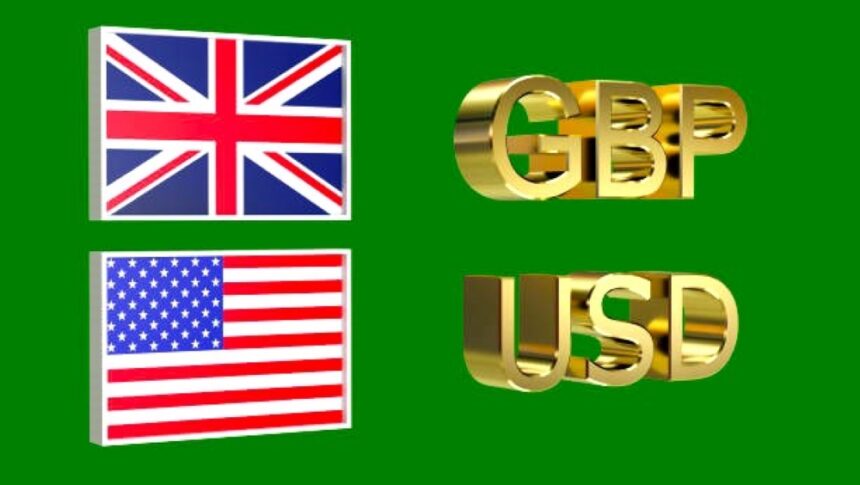Pound Sterling is trading below 1.3000 against the US Dollar, as sluggish UK inflation supports the BoE’s dovish forecasts.
The Pound Sterling (GBP) bears take a breather after falling to around 1.2970 against the US Dollar in Thursday’s London session. However, the GBPUSD pair’s outlook remains susceptible if the US Dollar rises further, with traders pricing out the Federal Reserve’s (Fed) substantial rate cut chances in November.
US Dollar gained as speculation grows that Trump would win the presidential election in the United States.
The US Dollar Index (DXY), which analyzes the value of the greenback versus six major currencies, posts a A new over-ten-week high near 103.60. Market players do not expect the Fed to continue with large rate reduction, given recent United States (US) labor market statistics for September showed that the labor market remained strong.
According to the CME FedWatch tool, 30-day Federal Funds futures pricing data show that markets largely expect the central bank to decrease interest rates by 25 basis points (bps) at both its November and December policy meetings.
Meanwhile, increased predictions of former US President Donald Trump winning the US presidential elections on November 5 have boosted the US dollar. Investors anticipate that the Trump government would ease financial conditions, raise import tariffs, and cut taxes.
Moreover During Thursday’s US session, investors will pay particular attention to the monthly US Retail Sales data for September, a key metric of consumer spending, will be release at 12:30 GMT. Economists predict a 0.3% increase in retail sales.
Daily market movers: Pound Sterling battles for secure footing.
The pound sterling seeks to regain ground versus its major counterparts on Thursday, following a sharp sell-off on Wednesday. The British pound fell following the announcement of the United Kingdom (UK) Consumer Price Index (CPI) statistics for September, which indicated that inflation climbed at a slower-than-expected rate.
Furthermore The annual headline inflation rate fell to 1.7%, below the Bank of England’s (BoE) target of 2%. The core CPI, which eliminates a handful of the more volatile items, increased by 3.2%, which was lower than predicted. The UK’s service inflation regularly monitored. The indicator used by BoE officials to make interest rate decisions slowed to 4.9%.
Falling inflationary pressures have boosted BoE dovish bets.
Falling inflationary pressures have boosted BoE dovish bets. Traders are pricing in a 25 basis point (bps) interest rate drop in each of the remaining two policy meetings this year. Prior to the inflation report announcement, market participants expected the BoE to drop its benchmark borrowing rates only once, in November or December.
Moreover British Finance Minister Rachel Reeves hailed the dramatic decline in inflation ahead of her maiden budget, which will be present on October 30. A big drop in price pressures should allow Reeves to invest more money in development.
On the economic front, the next major data point in the UK is Retail Sales data from September, which Will be release on Friday. Retail Sales data, a crucial measure of consumer spending, is expected to have fallen 0.3% after rising 1.1% month on month in August. On an annual basis, consumer expenditure predicted to increase by 3.2%, up from 2.5% in August.









